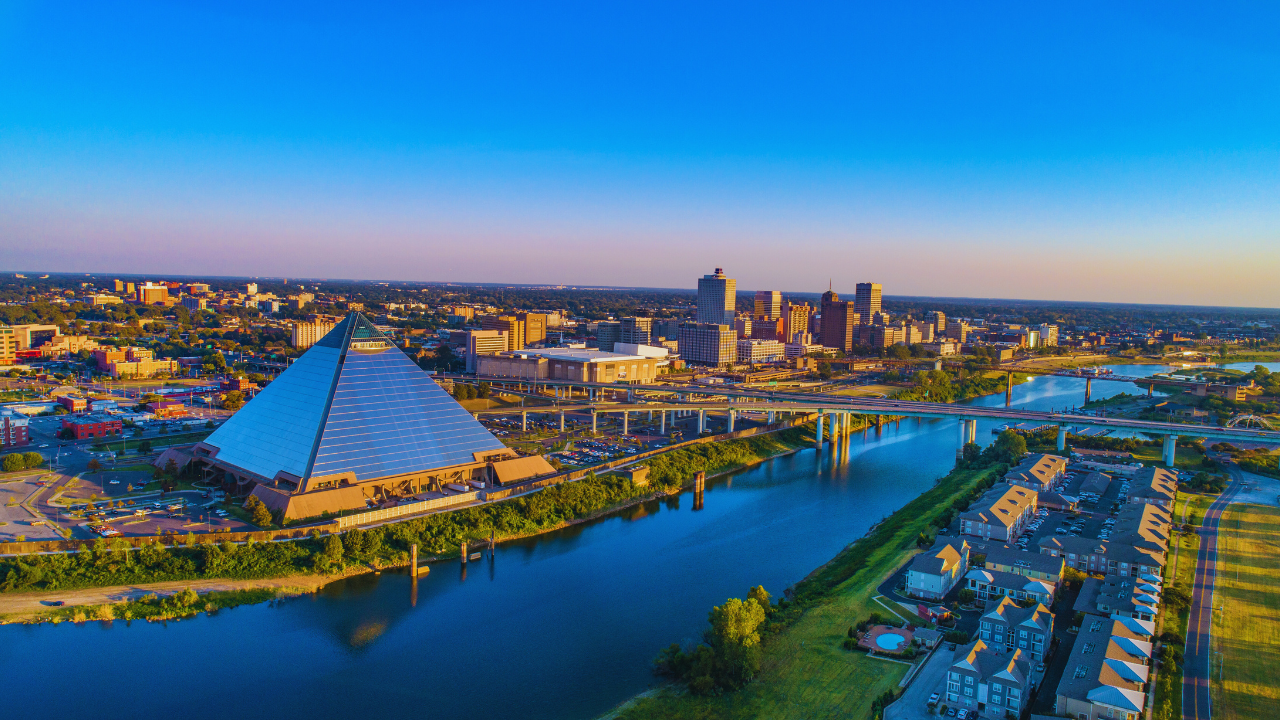With summer in full swing, millions of beachgoers are currently enjoying the sun, surf, and sand on some of America’s most iconic shorelines. As people flock to these coastal destinations, a recent survey conducted by Wallet Genius, a leading financial platform, raises important considerations for beach enthusiasts. The survey delves into the conditions of several beaches across the United States, revealing some alarming findings that have earned these locations spots on the list of worst beaches in America in 2023.
Wallet Genius’ survey not only provides insights into popular beach destinations but also highlights potential risks and hazards that demand caution during the summer season.
From water quality issues to dangerous currents and other safety concerns, the survey emphasizes the importance of being mindful and vigilant while enjoying these picturesque destinations. With summer at its peak, it becomes even more crucial to prioritize beach safety and awareness.
Santa Monica Pier, California
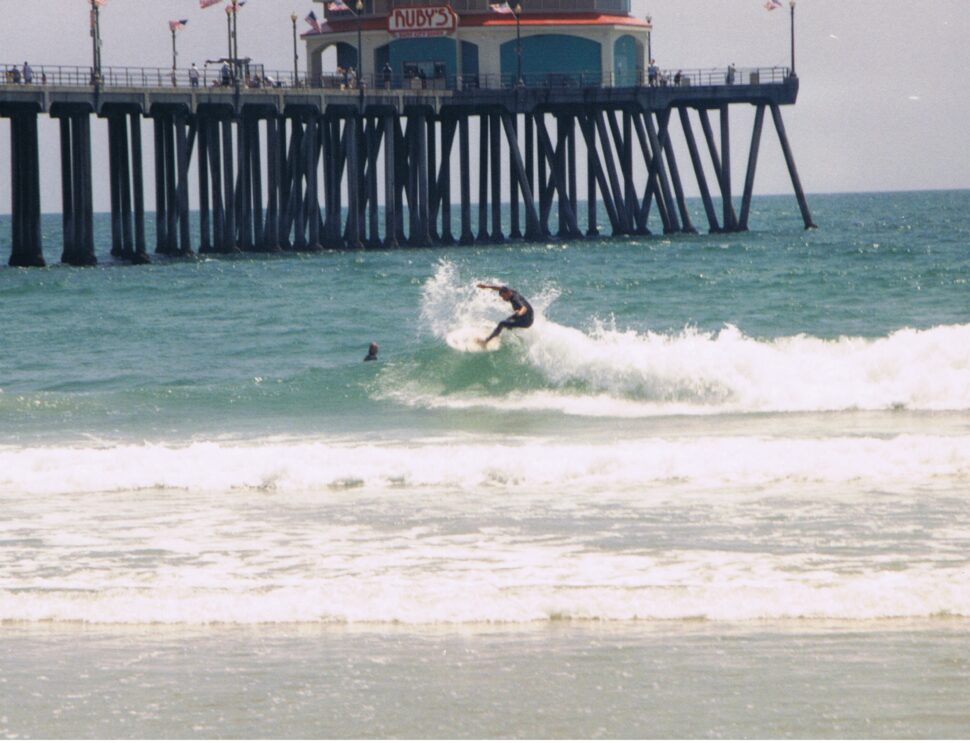
A Southern California icon, the Santa Monica Pier attracts millions with its amusement park and ocean views. However, the pier faces a growing issue of large numbers of seabirds, leading to health risks due to bird droppings. To combat this, the city plans to replace the bird deterrent netting this summer.
Daytona Beach, Florida

With 23 miles of sandy coastline, Daytona Beach offers sun and surf, but it’s also considered one of the worst beaches in 2023. Rip currents pose a danger to swimmers and frequent shark sightings add to the risks. The beach uses a flag system to indicate surf conditions and visitors should follow safety warnings.
Hanakapiai Beach, Hawaii
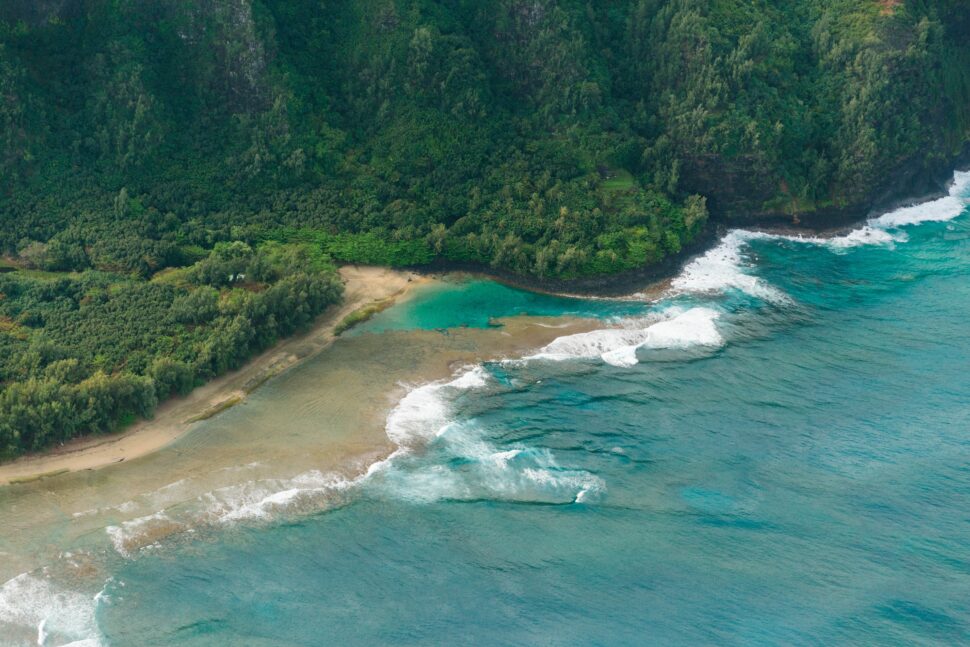
Accessible only by an 8-mile hike through Na Pali Coast State Wilderness Park, Hanakapiai Beach boasts stunning views but dangerous waters. Strong currents and waves have caused numerous drownings, with 15 victims still unrecovered. The absence of a reef barrier makes the beach even riskier.
Coney Island, New York

As a historic beach and amusement park, Coney Island entertains visitors for over a century, but it faces issues with aging infrastructure and water quality. The beach’s boardwalk and facilities need repair, and high bacteria levels have led to closures.
Myrtle Beach, South Carolina
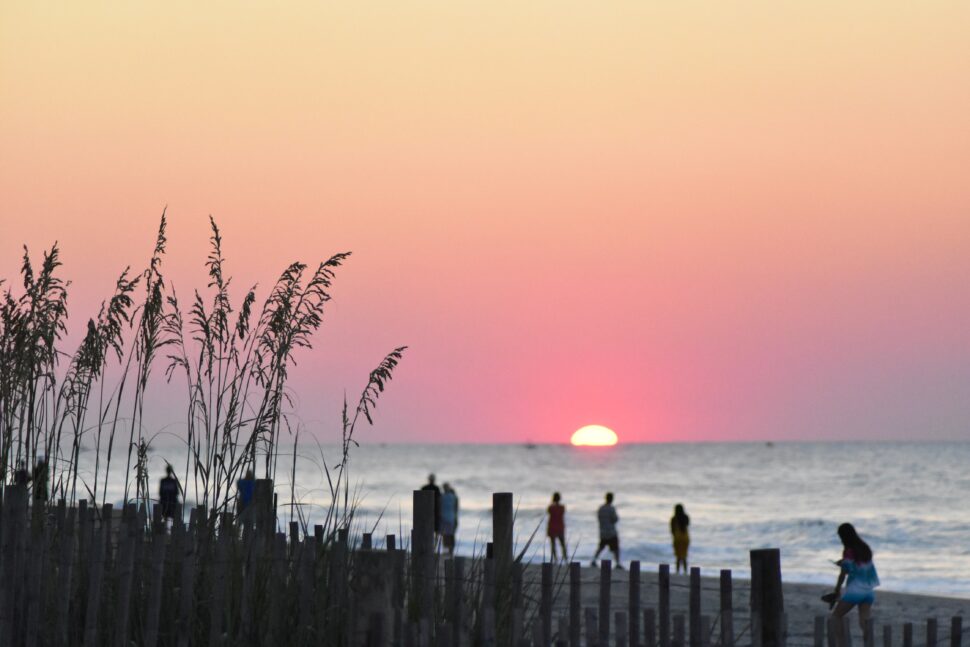
With 60 miles of coastline, Myrtle Beach is a popular vacation spot, but water quality concerns plague the area. High bacteria levels have resulted in swimming advisories, and the beach often gets overcrowded.
Monastery Beach, California
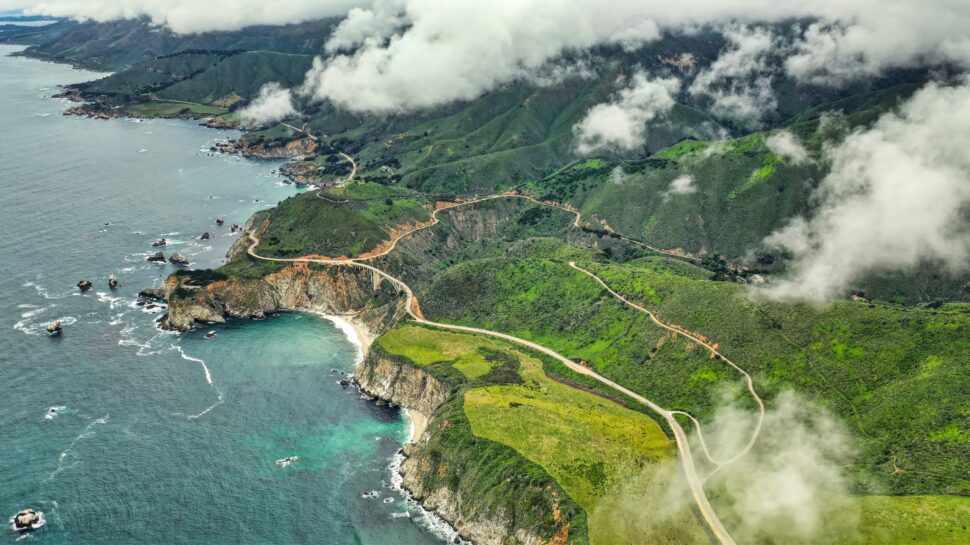
Known for its beauty, Monastery Beach is also one of the most dangerous beaches. Steep drop-offs and strong currents make swimming hazardous, leading to numerous drownings.
South Shore Beach, Wisconsin
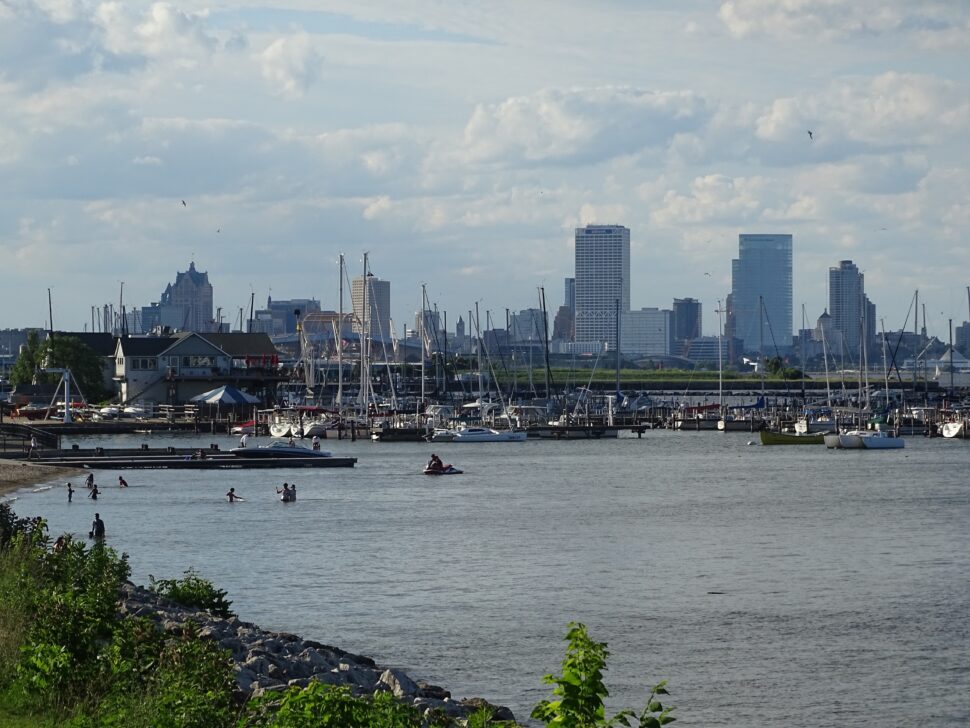
Located on Lake Michigan, South Shore Beach struggles with water quality issues and beach erosion. High bacteria levels pose health risks, and erosion has made the beach less accessible and safe.
New Smyrna Beach, Florida
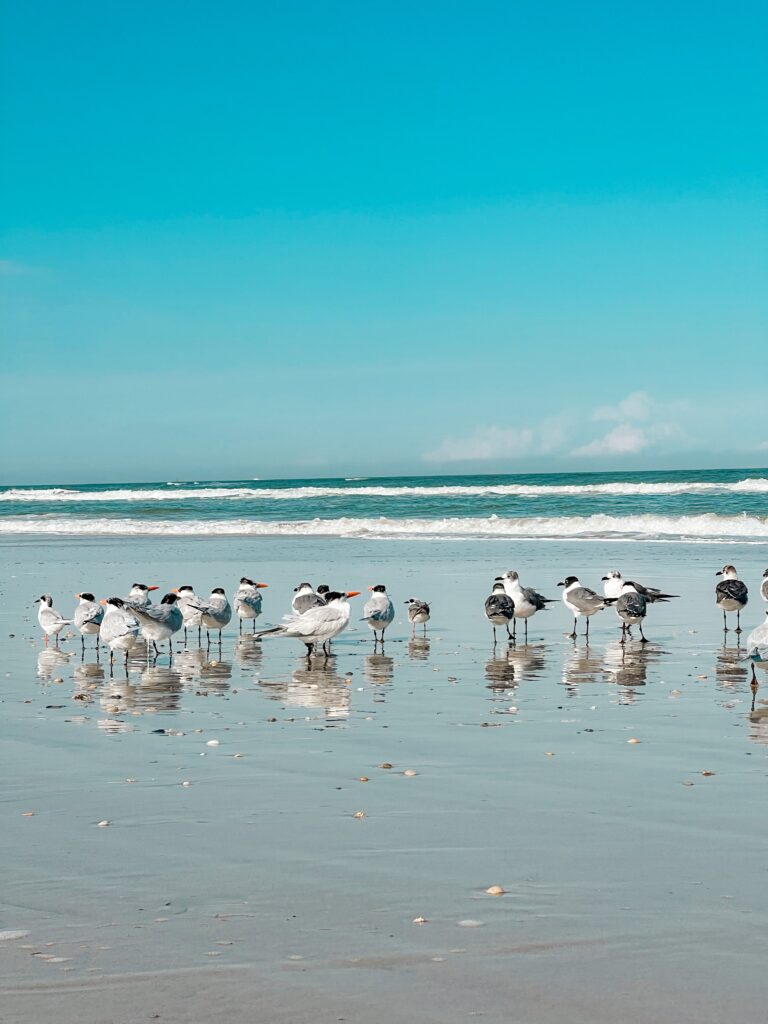
Dubbed the shark attack capital of the world, New Smyrna Beach sees more reported shark attacks than any other. Visitors are advised to exercise caution and be aware of fishing activity.
Ontario Beach, New York

Situated on Lake Ontario, Ontario Beach faces water quality concerns, with high bacteria and pollutants in the water. Runoff from urban areas contributes to the issue.
Venice Beach, California

Despite its fame, Venice Beach has a high crime rate, with gang violence and drug activity. Caution is advised while visiting, and the beach can be crowded.
Kamilo Beach, Hawaii

Plagued by plastic pollution, Kamilo Beach is one of the most polluted beaches globally. Located near the Great Pacific Garbage Patch, it accumulates microplastics and poses risks to marine life and the environment.

